We started out one of our recent YouTube videos by stating something along the lines of “getting kids to ask the question is the important part about discovery and loving STEM.” In theory, if you’re going by a book’s title, A Bucket of Questions is an illustrated look at some questions that the elementary school audience has. What are hot dogs made of? and What’s at the bottom of the ocean? are just a couple of the questions that are posed to young audiences. The punch line to the book is alluded to in its full title, A Bucket of Questions almost answered by Tim Fite. ‘almost answered’ is not the sort of qualifier that one would use with a STEM, Q & A, or factoid book, and once you thumb through it you’ll know why it’s there.
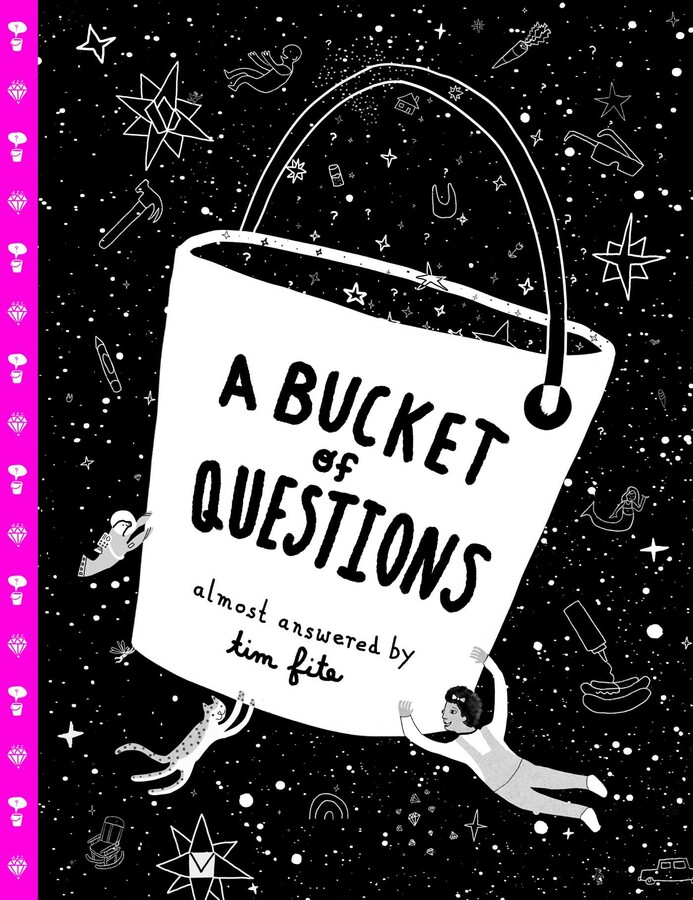
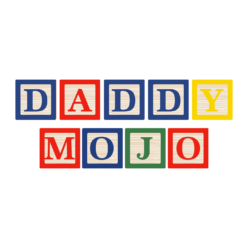
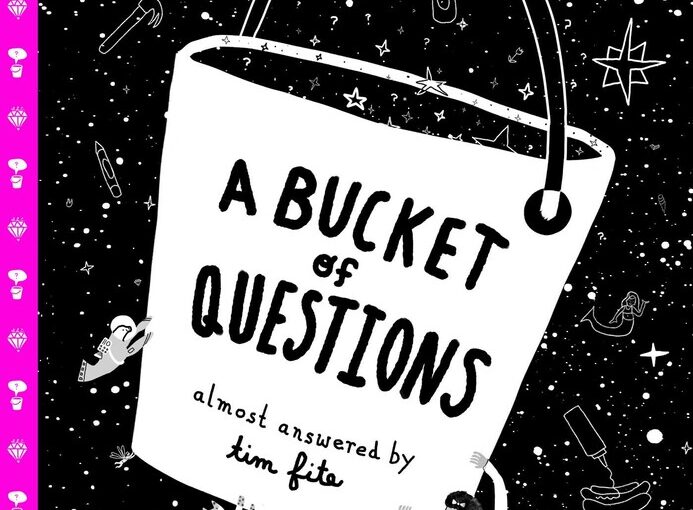
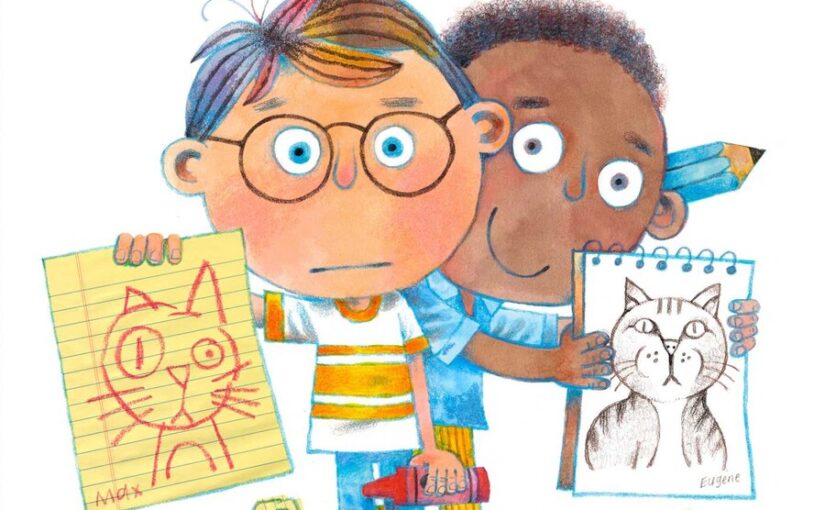
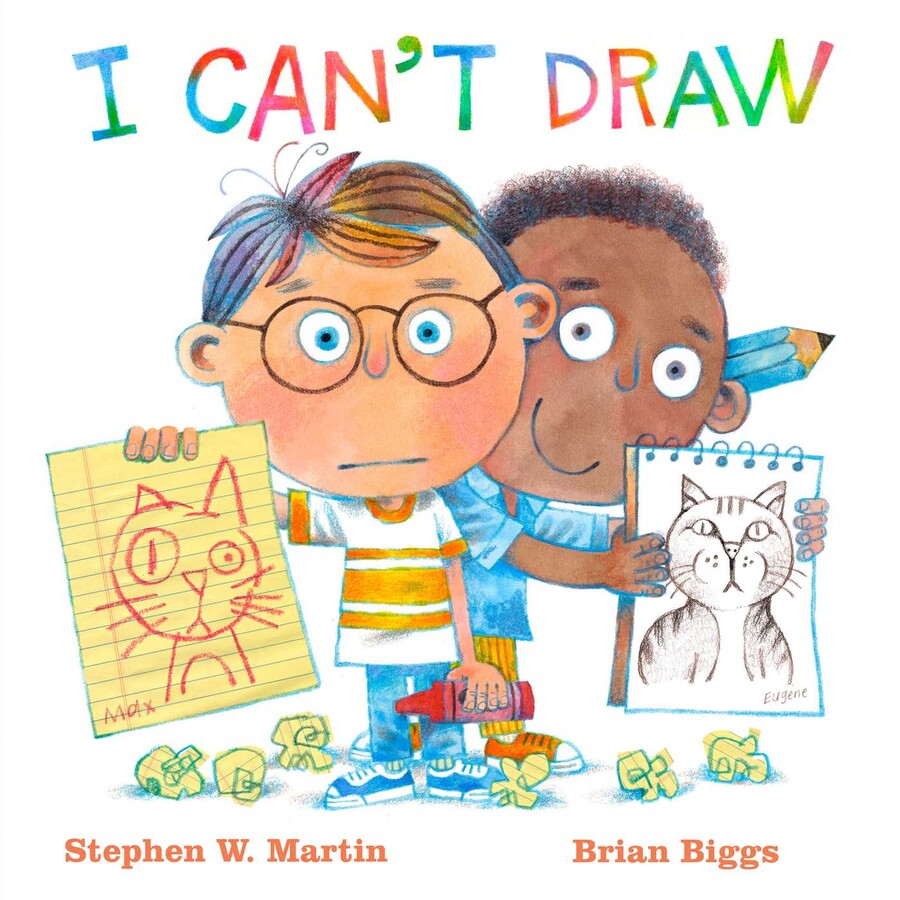
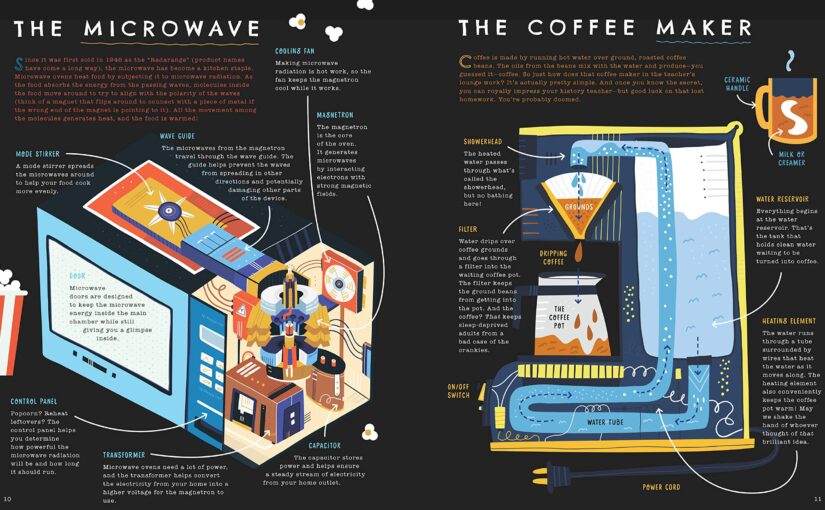
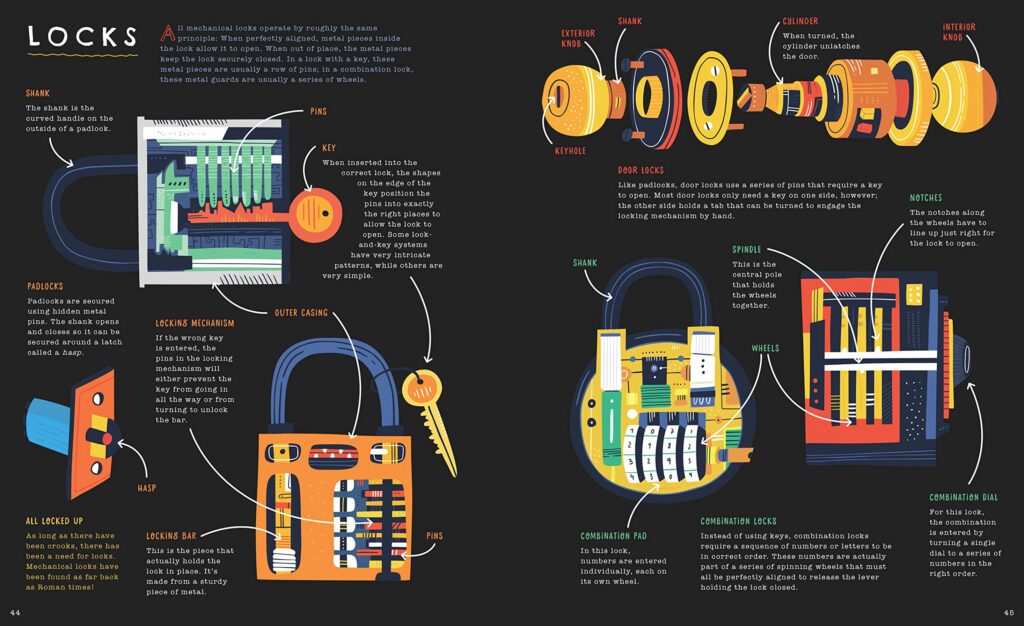
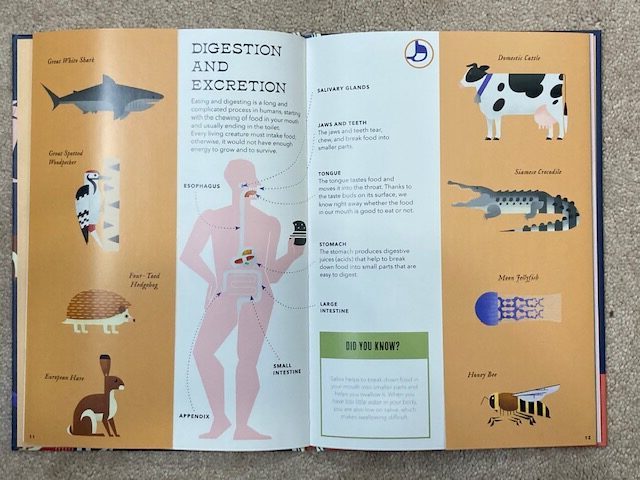
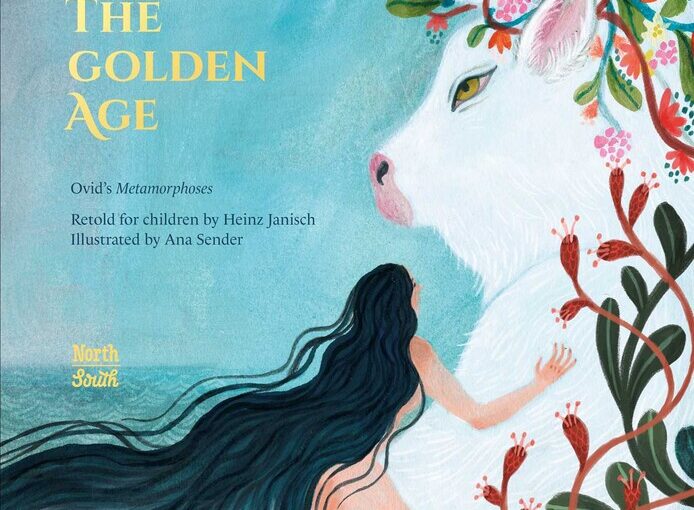
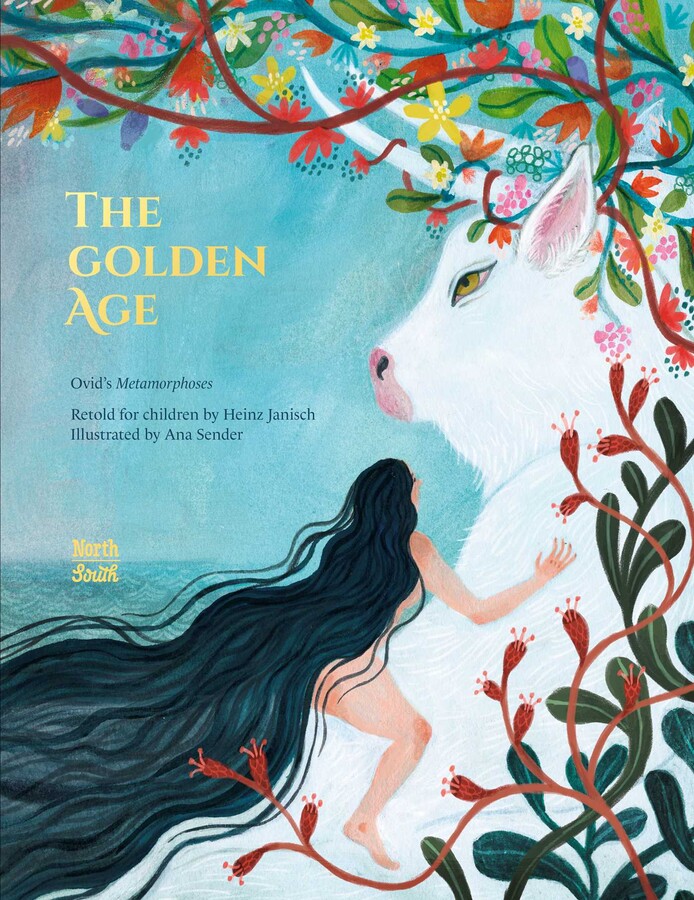
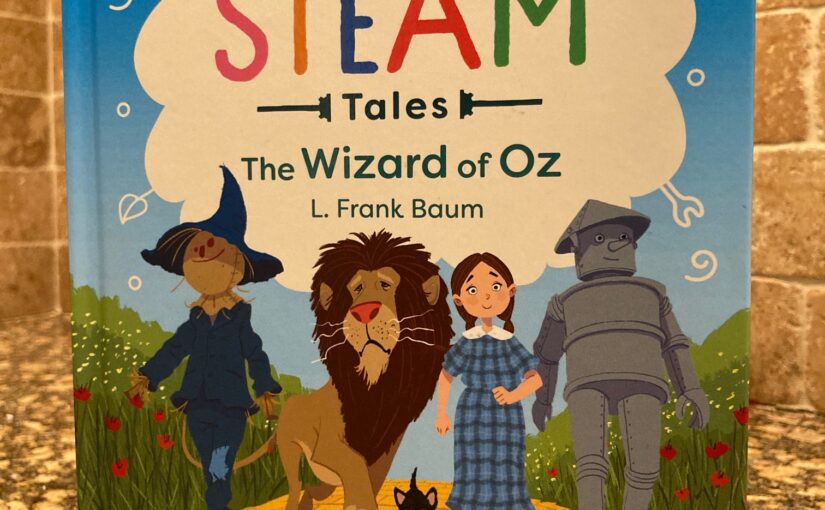
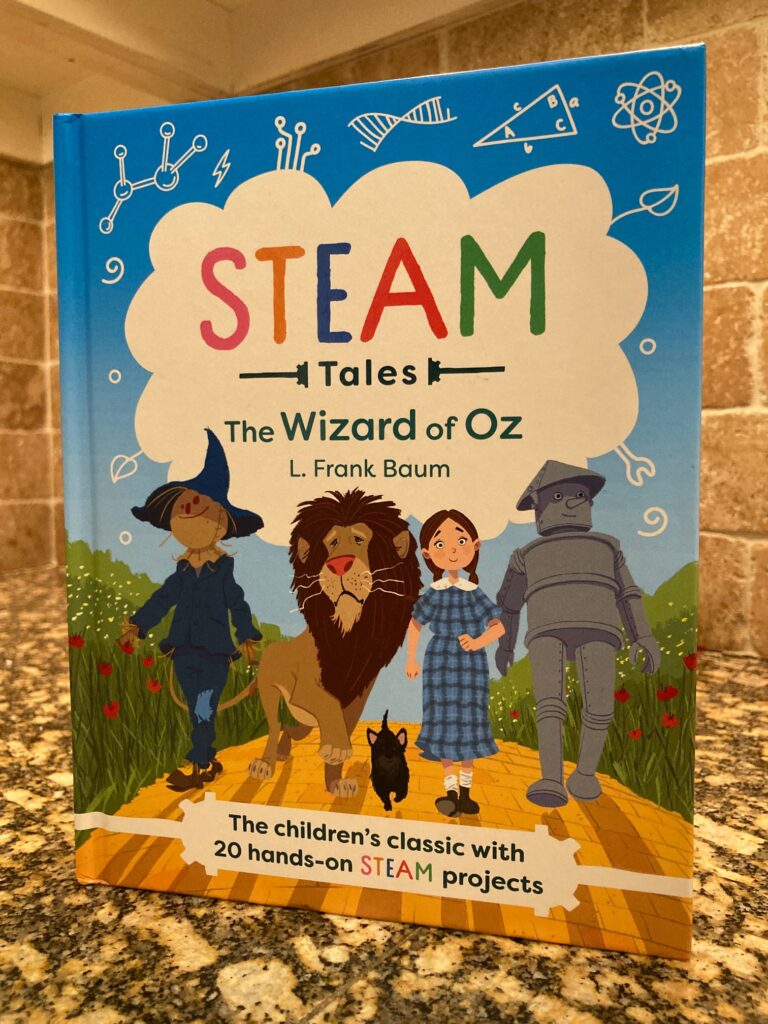
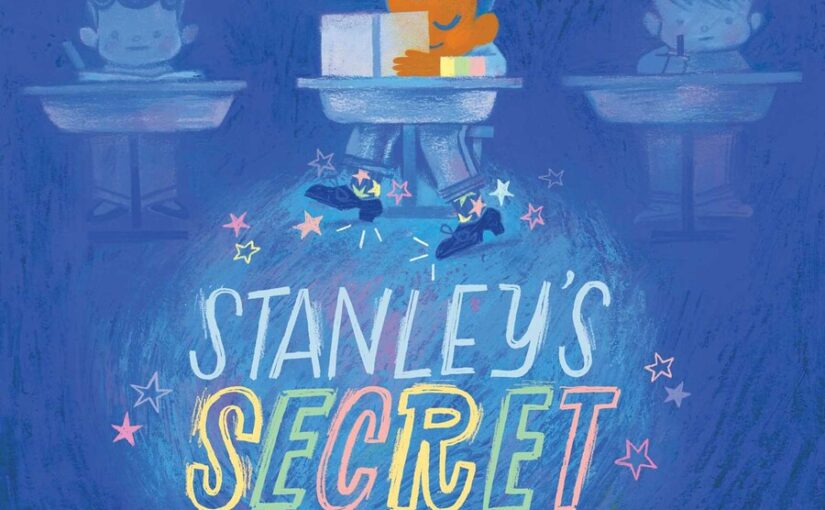
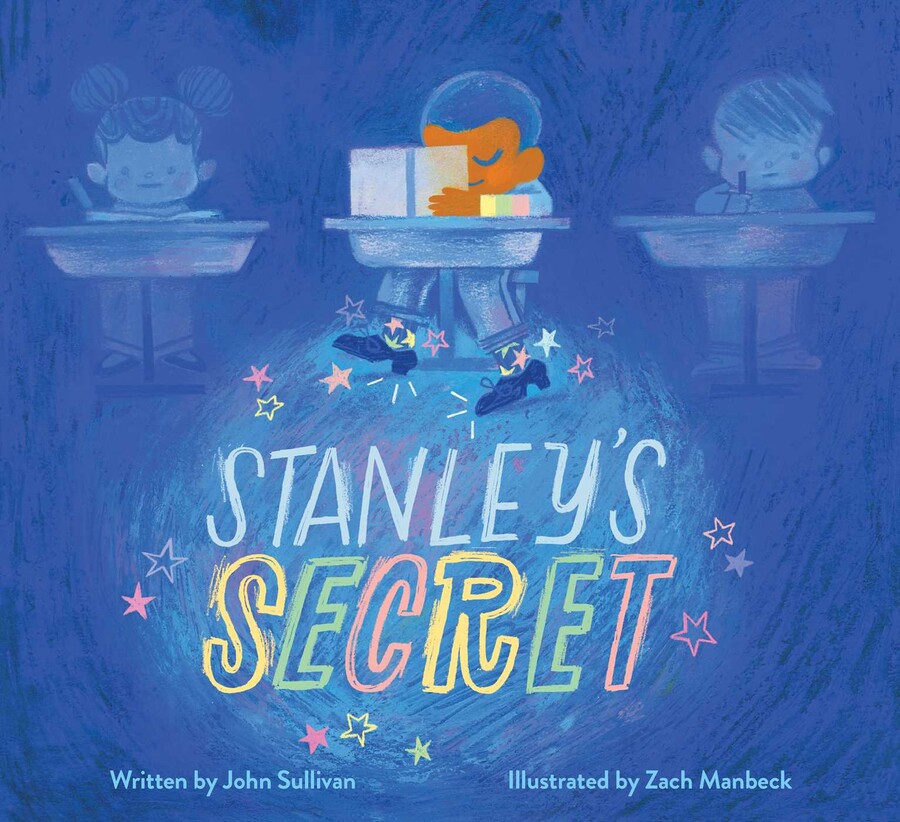
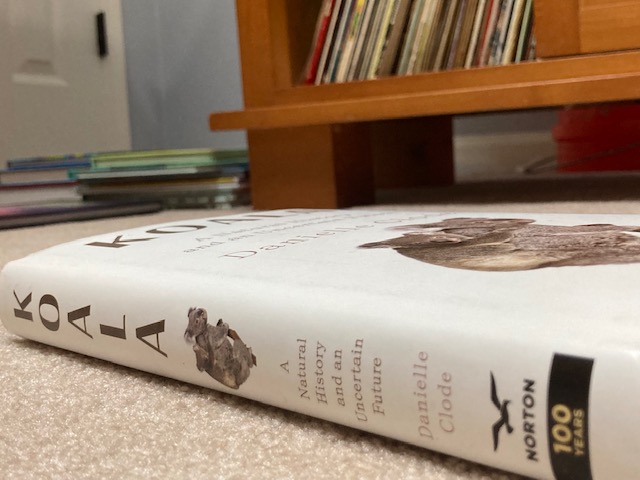


 Facebook
Facebook Twitter
Twitter Flickr
Flickr GooglePlus
GooglePlus Youtube
Youtube